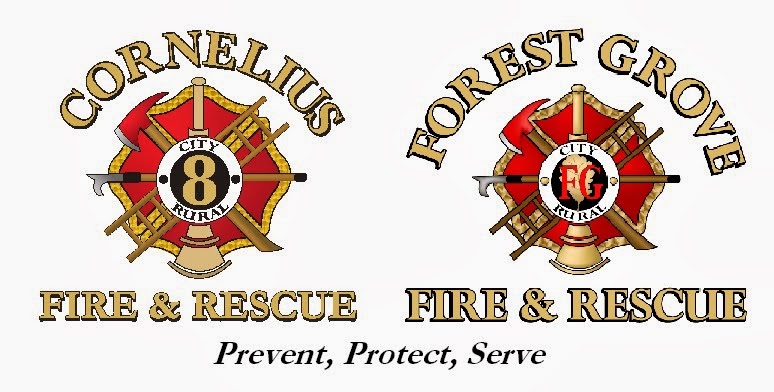"Effective April 1, 2011 all new and remodeled residential structures are required to have a carbon monoxide (CO) alarm. Affected residential structures include hotels, motels, apartments, dormitories, fraternities, sororities, one- and two-family dwellings, townhouses, and residential care/assisted living facilities. Remodeled residences are defined as those requiring a building permit. April 1st is also the effective date requiring home sellers of one- and two-family dwellings, manufactured dwellings, or multifamily housing units containing a carbon monoxide source to have one or more properly functioning CO alarms before conveying fee title or transferring possession of a dwelling. Landlords also must provide properly functioning CO alarms for all rental dwelling units with or within a structure containing a carbon monoxide source."
So what does this all mean? Basically if you have a home that meets the state's criteria described above, that also has a carbon monoxide source (anything with an open flame such as natural gas or propane appliances, wood burning stoves or fireplaces, fuel oil furnaces, etc.) then you need to protect your home with a carbon monoxide alarm. Believe it or not, a carbon monoxide alarm is a totally different type of alarm device than the smoke alarm that you should already have in your home. Carbon monoxide is a colorless, odorless, invisible gas created when fuels burn incompletely. It cannot be detected by the common stand alone smoke alarm and the big reason that a carbon monoxide alarm is now required is because often times people do not know that they are exposed to the poisonous gas until it is too late. Common stand alone smoke alarms detect smoke either by detecting the ions in the smoke molecules (ionization type smoke alarms) or by sensing that the visible products of smoke are present (photo electric type smoke alarms); neither of these types of systems has the ability to "sniff" the air for the dangerous carbon monoxide that could be present in your home.
Okay, so if after reading this you have now determined that you need a carbon monoxide alarm the next question is where do you put it? Like smoke alarms they need to be in place where you live. Always follow the manufacturer's recommendations for placement, but generally speaking a carbon monoxide alarm should be:
- On each level of the home where there are bedrooms
- In each bedroom or within 15 feet outside of each bedroom
- Always follow the manufacturer's recommendations for exact placement
